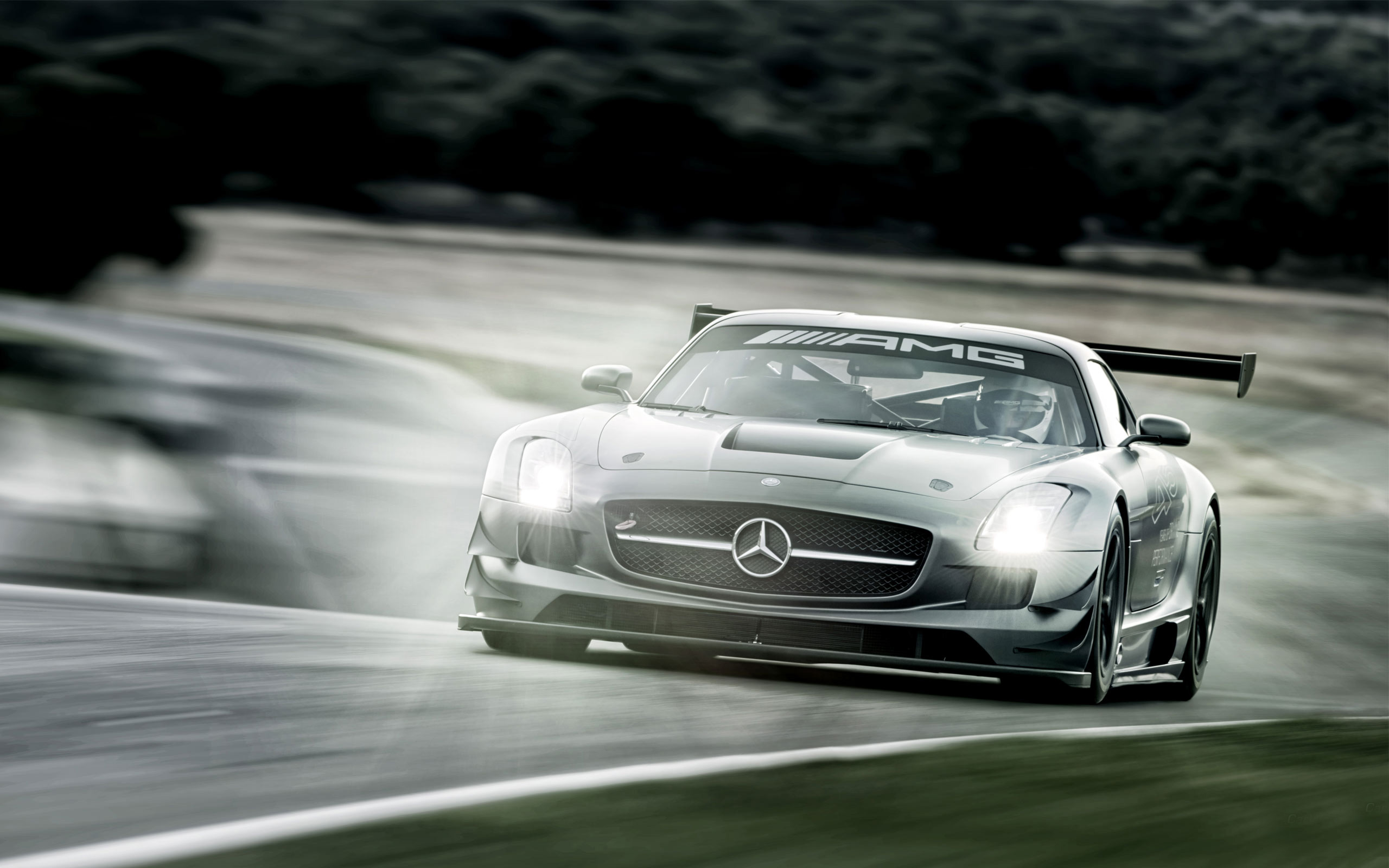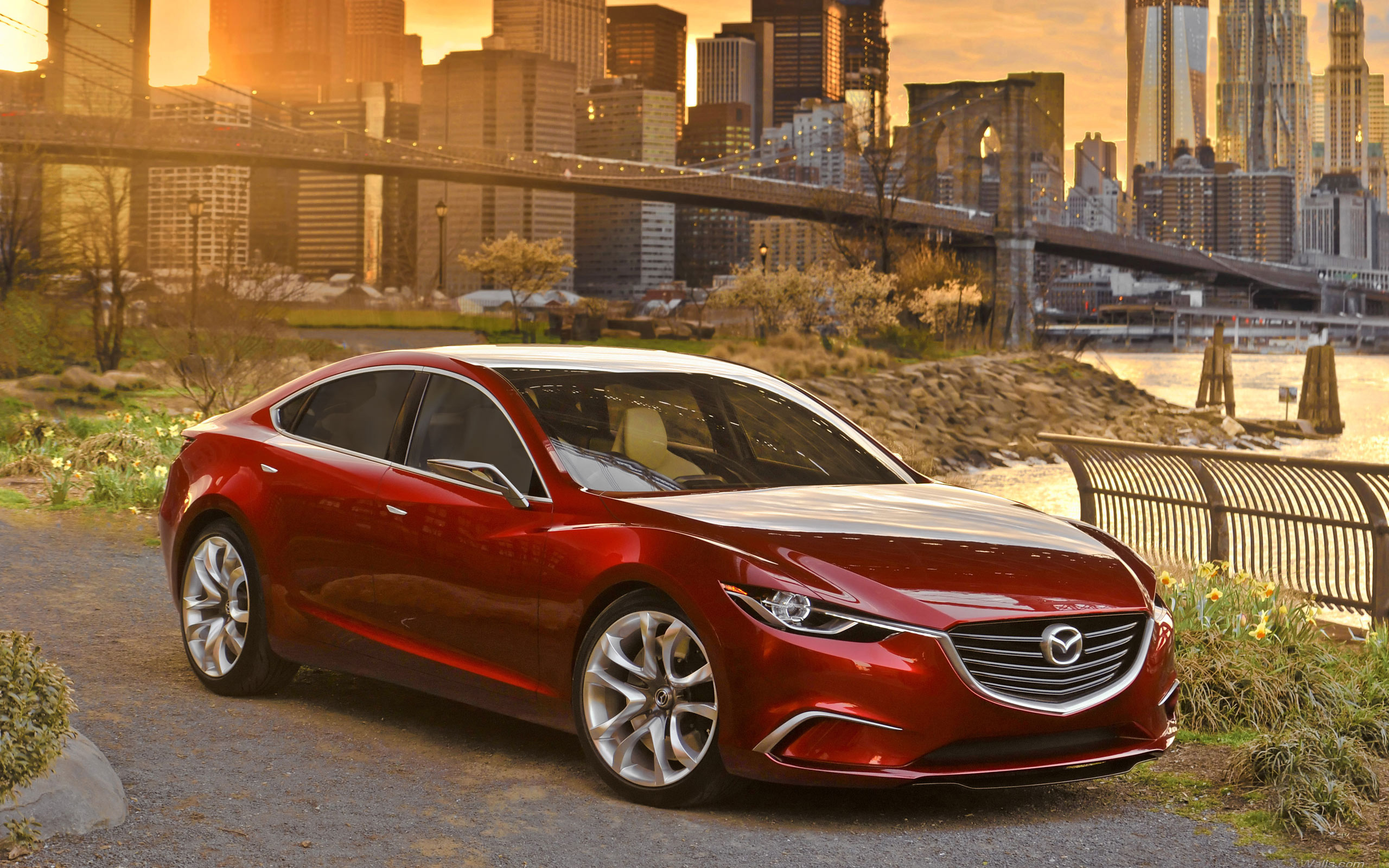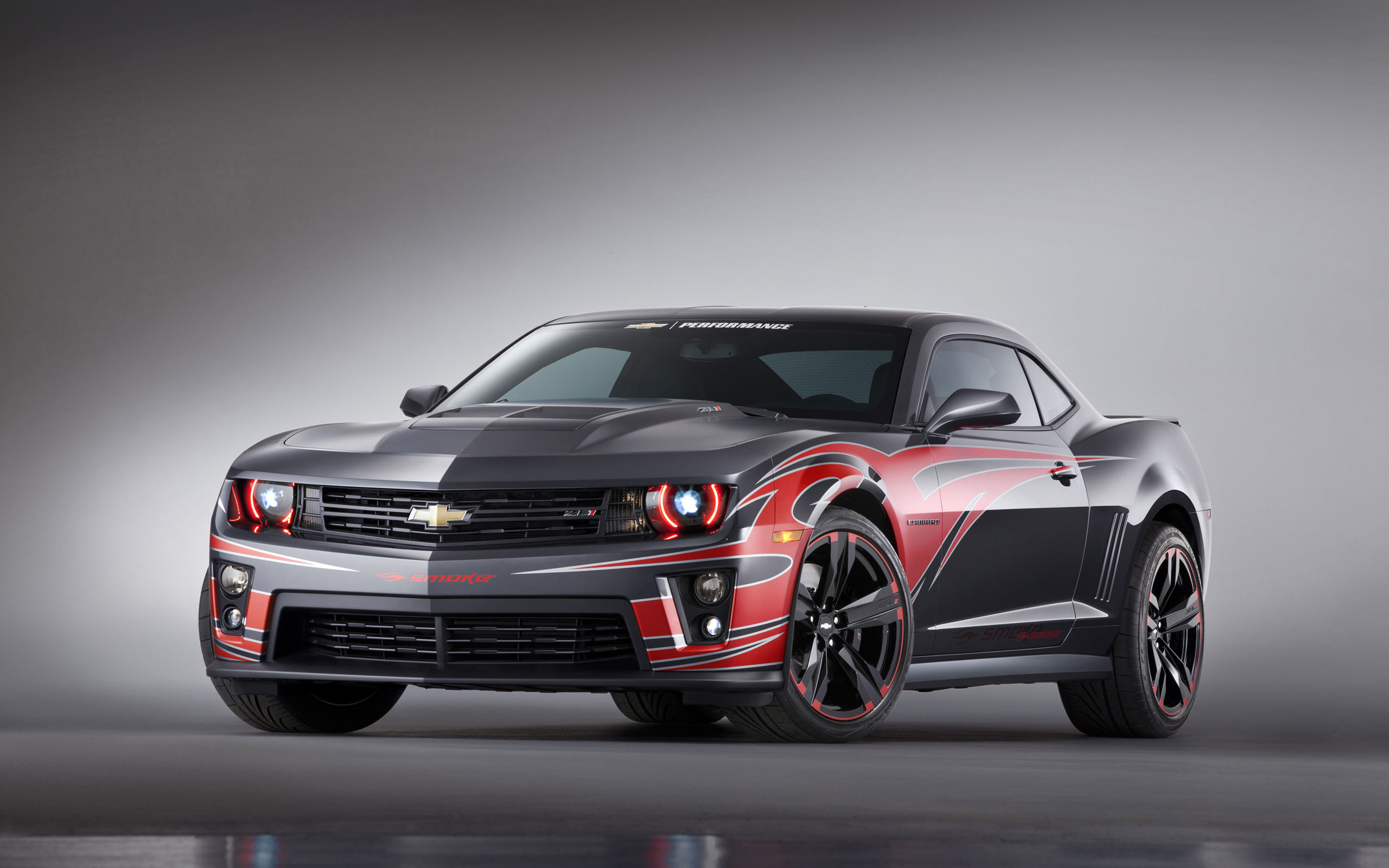Source(google.com.pk)
Cars Wallpapers Biography
The Dominion Typography Company was not suited to the manufacture of bicycles and soon collapsed. The Dodges saw the failure of their employer as a chance for them to go into business for themselves. "In 1896, when the failing Canadian typography company was listed for sale," writes Pitrone in Tangled Web: Legacy of Auto Pioneer John F. Dodge, "the Dodges took every dollar they could drain from their family budgets to lease the company's building and fixtures." "Obtaining the lease, the brothers started operating their own business, but it survived only a short time," the critic continues. Instead of trying to maintain the company through a failure, John and Horace sold the business to another Canadian firm, which manufactured bicycles using the Dodge patent. "The brothers," say Pitrone and Elwart, "… had expected to receive substantial royalty payments from the buyer for their ball-bearing bicycle invention. But the company, beginning to fail, had reneged on royalty payments. As soon as the Canadian company made plans to dispose of its assets, the Dodge brothers canceled their claims against the firm in exchange for their pick of the machinery in the Windsor plant."
This second-hand Canadian machinery formed the nucleus of the Dodge Brothers Machine Shop which John and Horace founded in the Boydell Building in Detroit in 1902. Their earliest contracts came from stove manufacturers, but soon they contracted with Ransom Olds, producer of the single-cylinder Oldsmobile, to build transmissions. The Dodges' success in creating high-quality parts that Olds used to assemble his cars brought the brothers both profits-which they invested in their business-and fame. Soon they were approached by budding auto designer Henry Ford. "Near the end of 1902," write Pitrone and Elwart, "the Dodge brothers produced in their machine shop the automobile that was to be the basis for Ford's successful business." Early in 1903, John and Horace abandoned their contract with Olds in favor of investing in the Ford prototype Model A automobile, a car that was produced almost entirely in their own shop.
Although the Dodges delivered the nearly completed cars they had contracted for on schedule, Ford and his two partners, the coal dealers Alexander Malcomson and James Couzens, found themselves unable to pay. Instead, the partners offered the brothers fifty shares of stock in the newly formed Ford Motor Company apiece. "By October of that first year," state Pitrone and Elwart, "Ford expanded the assembly plant, and the Dodges, who contracted to deliver 755 more chassis in the first five months of 1904, made a personal profit of more than $75,000." "By June 1904, less than one year from the date the company had begun selling its first cars," the writers explain, "dividends of 98 percent were paid to its stockholders. The Dodges received $9,800 in dividends on their original $10,000 investment in stock." "In June 1905, the Dodges received another $10,000 in dividends, plus an additional $10,000 the following month-dividends which were only a faint indication of the millions of dollars they would receive within the next several years," they conclude.
The Dodge Reputation
John and Horace quickly began investing their new wealth in their business and in their families. They expanded their shop in order to keep pace with the demands of the Ford contract-in 1910, they moved to a new and larger facility in the enclave of Hamtramck-and they started construction on palatial estates: John on Boston Boulevard in Detroit, Horace in Grosse Pointe. John, whose wife Ivy had died in 1901 from tuberculosis, also remarried, choosing as his next wife his former secretary Matilda Rausch. The two brothers also indulged themselves in trying to recapture some of their earliest interests. John bought the first of the farms that eventually made up the Meadow Brook estate near Rochester, Michigan, while Horace began construction of the first of what would become a fleet of yachts on Lake St. Clair and the Detroit River. Horace also became the primary sponsor of the new Detroit Symphony Orchestra, contributing heavily to the construction of its permanent home at Orchestra Hall.
John attracted less favorable attention in 1911, when newspaper headlines announced that he and his friend Robert Oakman had insulted and beaten handicapped attorney Thomas J. Mahon in a brawl at Schneider's Bar in Detroit. Both brothers were heavy drinkers, prone to belligerence when under the influence of alcohol, and they had a reputation in the city saloons for aggressive behavior. After the Mahon incident, however, "the escapades of the Dodges, which had been looked on by some with an admiring tolerance," state Pitrone and Elwart, "were suddenly viewed differently." The suit Mahon filed against Dodge and Oakman was eventually dropped, but the damage to John's reputation could not be undone.
The Dodges may have sought consolation in alcohol in part because of their frustration over their relationship with Ford and his associates. Although profits from the association were tremendous, the brothers disapproved of the way Ford treated his partners and his employees. In 1906, Ford squeezed his former partner Malcomson out of the Ford Motor Company. He also tried to reduce the payment of dividends to stockholders. "The squeeze play that had forced Malcomson-along with some other minor original stockholders-out of the company had demonstrated to the Dodges that Ford had no loyalty to those whose time and labor had brought him success," explain Pitrone and Elwart. The brothers' own sense of loyalty to their employees and friends was legendary. In addition, they had begun to make plans to build and manufacture their own car, realizing that to rely on Ford as their sole major source of income would prove to be a serious mistake. "In August of 1913," says Pitrone, "John Dodge resigned from the vice-presidency of the Ford Motor Company to avoid a conflict of interests as he and Horace began enlarging their Hamtramck factory for the production of their own car…. Newspapers across the country carried the announcement of John Dodge's resignation from Ford Motor Company's board of directors, and of the brothers' intention to manufacture a Dodge car in 1914. Since the automobile world recognized the Dodges' contributions to the success of Ford automobiles, the brothers' revelation that they would build a moderately priced, four-cylinder Dodge car received respectful attention in the nation's journals."
The car that emerged from the Hamtramck plant on November 10, 1914, represented a significant improvement on the Ford cars for which the brothers had been making parts only the previous year. The Dodge Brothers auto had a self-starter that only rarely relied on cranking, making it easier for women to drive. It also had a hand-controlled fuel pump that "made it possible for the Dodge car to climb a steep hill without forcing the driver to put his car into reverse gear and to ascend the hill backwards, as drivers of some Model T Fords had to do," says Pitrone. "By the end of 1914, John and Horace were planning for major production of Dodge cars in 1915, introducing a two-passenger roadster with rear luggage compartment, and a first closed car-a center-door sedan." The solid, dependable Dodge autos won recognition from General John J. Pershing in his mechanized-cavalry campaign in Mexico in 1916. "The Dodge cars swayed and lurched along in low gear," declare Pitrone and Elwart, "belching steam and grinding their way through the sand so successfully that, less than three months later, Pershing requested another 250 Dodges from the War Department, putting out an order that only Dodges would be used by his staff in Mexico's rugged territory." Dodge cars and trucks were also used extensively by the American forces during World War I.
By the war's end, the Dodge Brothers plant ranked fourth in production among American car producers. When Horace and John left Detroit for the 1920 National Automobile Show, their prospects were bright. "In the summer of 1919," say Pitrone and Elwart, "their factory had produced 500 cars each day and still ran behind the volume of orders received from dealers." However, within the week, Horace Dodge fell very ill. Rumors circulated that he had fallen victim to a bad batch of illegal liquor, but the doctor's diagnosis was "grippe"-the influenza that in 1918-19 had killed more than 500,000 Americans. John Dodge, who camped outside his brother's sickroom door, soon was taken sick as well. John had suffered from tuberculosis more than twenty years previously, and it had damaged his lungs. He died on January 14, 1920. Although Horace recovered from the flu, he was a broken man without his older brother and partner. He died of cirrhosis of the liver on December 10, 1920. The Dodge brothers left behind them two tremendous fortunes that caused much family squabbling, a legacy of contributions to the city of Detroit, and a reputation for making solid, dependable cars and trucks that survives to this day.










Cars Wallpapers Biography
The Dominion Typography Company was not suited to the manufacture of bicycles and soon collapsed. The Dodges saw the failure of their employer as a chance for them to go into business for themselves. "In 1896, when the failing Canadian typography company was listed for sale," writes Pitrone in Tangled Web: Legacy of Auto Pioneer John F. Dodge, "the Dodges took every dollar they could drain from their family budgets to lease the company's building and fixtures." "Obtaining the lease, the brothers started operating their own business, but it survived only a short time," the critic continues. Instead of trying to maintain the company through a failure, John and Horace sold the business to another Canadian firm, which manufactured bicycles using the Dodge patent. "The brothers," say Pitrone and Elwart, "… had expected to receive substantial royalty payments from the buyer for their ball-bearing bicycle invention. But the company, beginning to fail, had reneged on royalty payments. As soon as the Canadian company made plans to dispose of its assets, the Dodge brothers canceled their claims against the firm in exchange for their pick of the machinery in the Windsor plant."
This second-hand Canadian machinery formed the nucleus of the Dodge Brothers Machine Shop which John and Horace founded in the Boydell Building in Detroit in 1902. Their earliest contracts came from stove manufacturers, but soon they contracted with Ransom Olds, producer of the single-cylinder Oldsmobile, to build transmissions. The Dodges' success in creating high-quality parts that Olds used to assemble his cars brought the brothers both profits-which they invested in their business-and fame. Soon they were approached by budding auto designer Henry Ford. "Near the end of 1902," write Pitrone and Elwart, "the Dodge brothers produced in their machine shop the automobile that was to be the basis for Ford's successful business." Early in 1903, John and Horace abandoned their contract with Olds in favor of investing in the Ford prototype Model A automobile, a car that was produced almost entirely in their own shop.
Although the Dodges delivered the nearly completed cars they had contracted for on schedule, Ford and his two partners, the coal dealers Alexander Malcomson and James Couzens, found themselves unable to pay. Instead, the partners offered the brothers fifty shares of stock in the newly formed Ford Motor Company apiece. "By October of that first year," state Pitrone and Elwart, "Ford expanded the assembly plant, and the Dodges, who contracted to deliver 755 more chassis in the first five months of 1904, made a personal profit of more than $75,000." "By June 1904, less than one year from the date the company had begun selling its first cars," the writers explain, "dividends of 98 percent were paid to its stockholders. The Dodges received $9,800 in dividends on their original $10,000 investment in stock." "In June 1905, the Dodges received another $10,000 in dividends, plus an additional $10,000 the following month-dividends which were only a faint indication of the millions of dollars they would receive within the next several years," they conclude.
The Dodge Reputation
John and Horace quickly began investing their new wealth in their business and in their families. They expanded their shop in order to keep pace with the demands of the Ford contract-in 1910, they moved to a new and larger facility in the enclave of Hamtramck-and they started construction on palatial estates: John on Boston Boulevard in Detroit, Horace in Grosse Pointe. John, whose wife Ivy had died in 1901 from tuberculosis, also remarried, choosing as his next wife his former secretary Matilda Rausch. The two brothers also indulged themselves in trying to recapture some of their earliest interests. John bought the first of the farms that eventually made up the Meadow Brook estate near Rochester, Michigan, while Horace began construction of the first of what would become a fleet of yachts on Lake St. Clair and the Detroit River. Horace also became the primary sponsor of the new Detroit Symphony Orchestra, contributing heavily to the construction of its permanent home at Orchestra Hall.
John attracted less favorable attention in 1911, when newspaper headlines announced that he and his friend Robert Oakman had insulted and beaten handicapped attorney Thomas J. Mahon in a brawl at Schneider's Bar in Detroit. Both brothers were heavy drinkers, prone to belligerence when under the influence of alcohol, and they had a reputation in the city saloons for aggressive behavior. After the Mahon incident, however, "the escapades of the Dodges, which had been looked on by some with an admiring tolerance," state Pitrone and Elwart, "were suddenly viewed differently." The suit Mahon filed against Dodge and Oakman was eventually dropped, but the damage to John's reputation could not be undone.
The Dodges may have sought consolation in alcohol in part because of their frustration over their relationship with Ford and his associates. Although profits from the association were tremendous, the brothers disapproved of the way Ford treated his partners and his employees. In 1906, Ford squeezed his former partner Malcomson out of the Ford Motor Company. He also tried to reduce the payment of dividends to stockholders. "The squeeze play that had forced Malcomson-along with some other minor original stockholders-out of the company had demonstrated to the Dodges that Ford had no loyalty to those whose time and labor had brought him success," explain Pitrone and Elwart. The brothers' own sense of loyalty to their employees and friends was legendary. In addition, they had begun to make plans to build and manufacture their own car, realizing that to rely on Ford as their sole major source of income would prove to be a serious mistake. "In August of 1913," says Pitrone, "John Dodge resigned from the vice-presidency of the Ford Motor Company to avoid a conflict of interests as he and Horace began enlarging their Hamtramck factory for the production of their own car…. Newspapers across the country carried the announcement of John Dodge's resignation from Ford Motor Company's board of directors, and of the brothers' intention to manufacture a Dodge car in 1914. Since the automobile world recognized the Dodges' contributions to the success of Ford automobiles, the brothers' revelation that they would build a moderately priced, four-cylinder Dodge car received respectful attention in the nation's journals."
The car that emerged from the Hamtramck plant on November 10, 1914, represented a significant improvement on the Ford cars for which the brothers had been making parts only the previous year. The Dodge Brothers auto had a self-starter that only rarely relied on cranking, making it easier for women to drive. It also had a hand-controlled fuel pump that "made it possible for the Dodge car to climb a steep hill without forcing the driver to put his car into reverse gear and to ascend the hill backwards, as drivers of some Model T Fords had to do," says Pitrone. "By the end of 1914, John and Horace were planning for major production of Dodge cars in 1915, introducing a two-passenger roadster with rear luggage compartment, and a first closed car-a center-door sedan." The solid, dependable Dodge autos won recognition from General John J. Pershing in his mechanized-cavalry campaign in Mexico in 1916. "The Dodge cars swayed and lurched along in low gear," declare Pitrone and Elwart, "belching steam and grinding their way through the sand so successfully that, less than three months later, Pershing requested another 250 Dodges from the War Department, putting out an order that only Dodges would be used by his staff in Mexico's rugged territory." Dodge cars and trucks were also used extensively by the American forces during World War I.
By the war's end, the Dodge Brothers plant ranked fourth in production among American car producers. When Horace and John left Detroit for the 1920 National Automobile Show, their prospects were bright. "In the summer of 1919," say Pitrone and Elwart, "their factory had produced 500 cars each day and still ran behind the volume of orders received from dealers." However, within the week, Horace Dodge fell very ill. Rumors circulated that he had fallen victim to a bad batch of illegal liquor, but the doctor's diagnosis was "grippe"-the influenza that in 1918-19 had killed more than 500,000 Americans. John Dodge, who camped outside his brother's sickroom door, soon was taken sick as well. John had suffered from tuberculosis more than twenty years previously, and it had damaged his lungs. He died on January 14, 1920. Although Horace recovered from the flu, he was a broken man without his older brother and partner. He died of cirrhosis of the liver on December 10, 1920. The Dodge brothers left behind them two tremendous fortunes that caused much family squabbling, a legacy of contributions to the city of Detroit, and a reputation for making solid, dependable cars and trucks that survives to this day.
Cars Wallpapers Biography

Cars Wallpapers Biography

Cars Wallpapers Biography

Cars Wallpapers Biography

Cars Wallpapers Biography

Cars Wallpapers Biography

Cars Wallpapers Biography

Cars Wallpapers Biography

Cars Wallpapers Biography

Cars Wallpapers Biography

Cars Wallpapers Biography
No comments:
Post a Comment